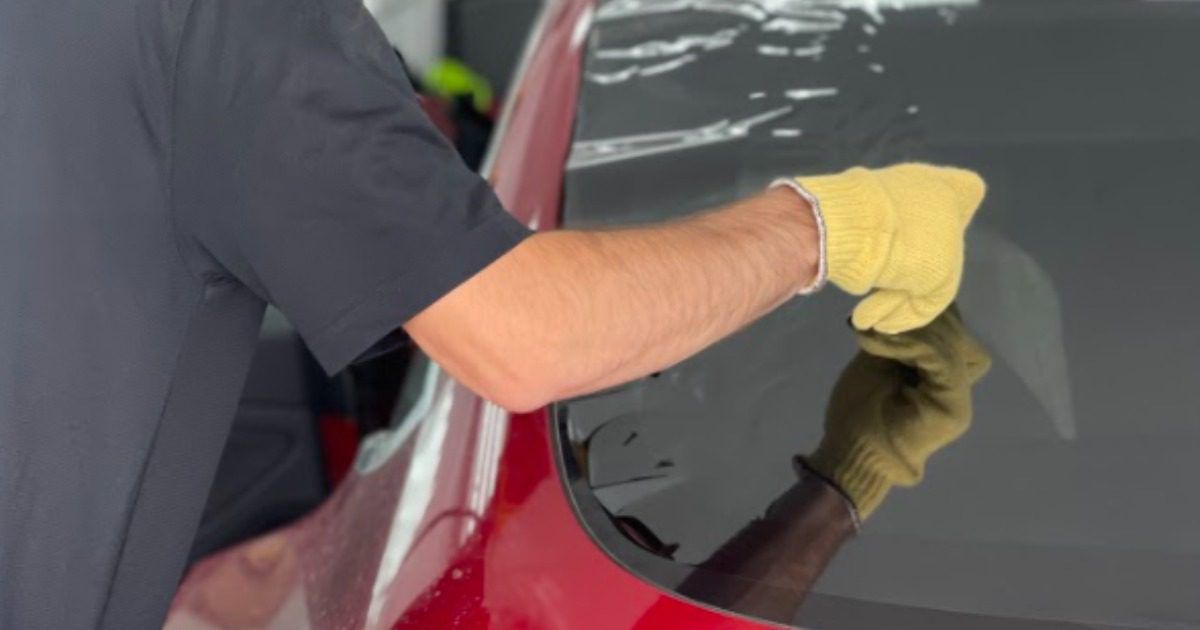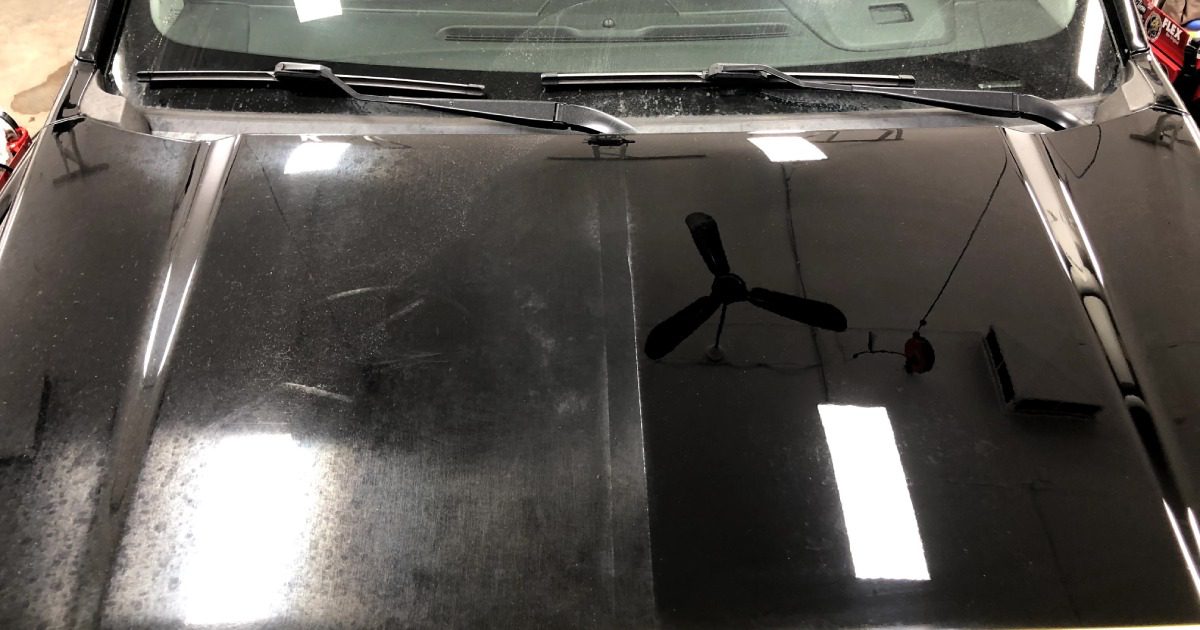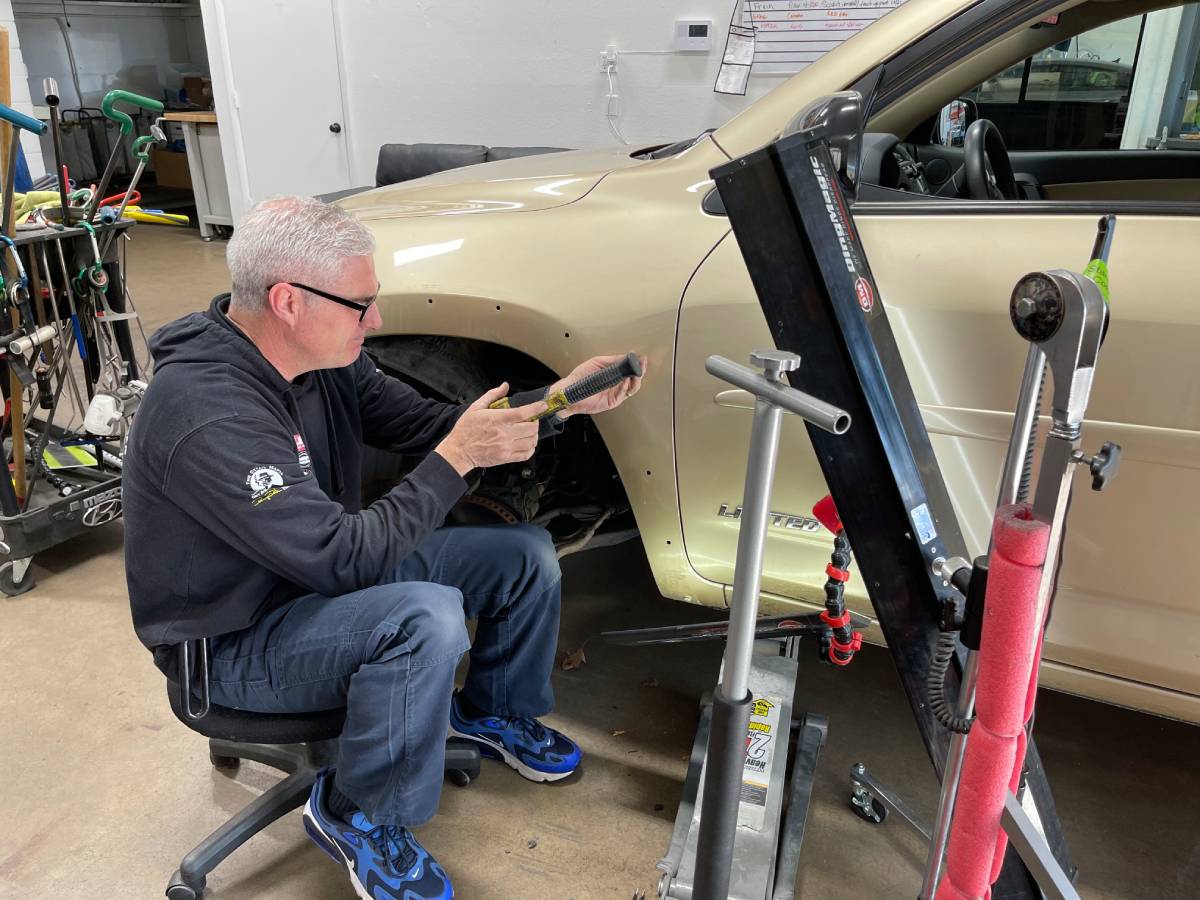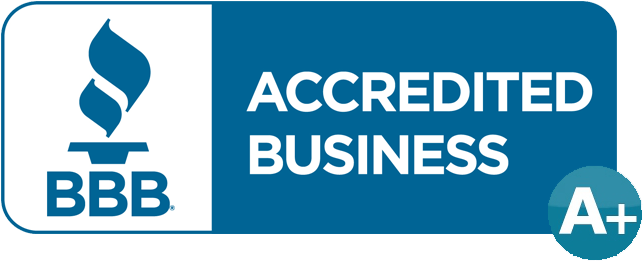Window Tint for Porsches – How to Pick the Right Window Tint for Your Porsche
Sponsored content provided by Ceramic Pro
“This video and article below are presented by Ceramic Pro Americas. It will provide a detailed tutorial on what you should consider when choosing the right window tint for your Porsche. It will also introduce you to Ceramic Pro’s KAVACA Window Film technology.”
Whether you’re a classic 911 enthusiast, or patiently waiting for your new Taycan Electric Luxury Sedan to be delivered, one thing all Porsche owners have in common is the need for high quality window film that protects the interior from damaging UV rays.
Window tinting technology has evolved significantly over the years. In fact, there are new Ceramic IR window films that can reflect up to 96% of heat producing infrared radiation from entering your vehicle – that keeps your Porsche comfortable and cool. There are also tints with this protective quality that are nearly transparent.
If you’re thinking having the windows on your Porsche tinted, but not sure what VLT means, how to choose the right tints, and how long they’ll hold up, this article is customized for you.
In the information below, we’ll provide a quick guide to choosing the right tint for Porsche cars and SUVs. Let’s get started.
Six Tips for Choosing the Right Window Tint for Your Porsche
Technology makes everything easier. But sometimes, the multitude of window tint manufacturers, types, styles, VLTs, and other factors can create more confusion. If you want to get rid of these hurdles and remove any confusion, here are six simple tips for choosing the best window tint for your Porsche.
Tip #1 – Where Do You Live?
Before you contact any window tint film installer near you, the first question you should consider is where you live. Most entry-level tints are designed mainly for aesthetic improvements – with protection against harmful UV rays. But, if you live in the southern US, opting for an IR-blocking window tint that can protect the interior and your skin from UV damage is a good idea.
Tip #2 – Does Your Porsche Currently Have Privacy Glass?
If your Porsche is relatively new, the rear windows (and possibly the fronts) will likely be tinted. However, this can be extremely deceptive. It's more probable that your newer vehicle has factory glass or installed privacy glass than protective window film.
The tinting of car windows may sometimes be referred to as privacy glass. It's a particularly produced automobile window with a dark pigment added during manufacturing. Its main purpose is to improve privacy so that others can't look in your vehicle. However, it provides minimal UV or IR protection.
If you have privacy glass – and want protection from UVA, UVB, and heat-producing IR – then you should consider a window tint that offers these protective qualities.
Tip #3 – Understand Window Tint Terminology
The best advice we can offer for choosing a window film is to learn the industry terminology. In the window tint world, there are three abbreviations you will hear in the description of window tints.
Visible Light Transmittance (VLT) is the visible light that can pass through the window film or the glass with tint. A darker window tint produces lower VLT levels. The VLT essentially determines the tint darkness or tint percentage.
Visible Light Reflectance (VLR) is the reflected visible light by glass or window tint. Essentially – it helps reduce glare – so the higher the VLR – the easier it is to see during high light conditions.
Total Solar Energy Rejected (TSER) is the rating that gives car owners the best overall indicator about the tint’s ability to protect against UVA and UVB, infrared radiation (IR), and visible light transmission. The higher the TSER – the more protection the film produces.
Tip #4 – Research Your State Window Tint Laws
Like most automotive rules and regulations, window tint laws are specific and unique to each US State and many Canadian Providences. Most laws focus on the VLT or the darkness of a window tint. Before shopping for window tint, check out your State Window Tint Laws by clicking this link.
Key Tip: What’s important is to learn the laws of the state your vehicle is registered – not where you live. However, if you’re going to be moving sooner than later to another state, it’s also a good idea to learn that state’s laws.
Tip #5 – Understand Your Options
Once you understand the lingo – and the laws specific to your location, it’s time to pick a window tint. While there are several on the market today, two stand out – and give you the best bang for your buck – especially regarding protection.
Carbon Color Stable Window Tint
The protective qualities offered by premium window film begin at the carbon window tint level. Nano carbon technology is infused in the tint, which helps provide added strength and shatter resistance, and blocks up to 99 percent of UV rays, including UVA and UVB. This not only reduces damage to interior components like seats, dashboards, and plastics but also reduces the potential for skin cancer.
Ceramic IR Window Tint
The upper tier of tint for cars is a ceramic tint. It’s basically the best of all worlds – where it can block nearly all of UVA and UVB and can reduce more than 90 percent of infrared transmission into your vehicle. Some new Ceramic IR tints elevate that protection to up to 96 percent.
Tip #6 – When in Doubt – Ask Your Window Tint Installer
Picking an automotive window film that fits your needs, desires, and, most importantly – budget can be time-consuming and frustrating for many Porsche owners. One of the best resources for any vehicle owner to consider is speaking with a certified window tint installer near you.
The team of window film installers that Ceramic Pro has assembled under our umbrella is dedicated to surpassing the expectations of each customer they serve. They’ll help you understand the benefits, drawbacks, and pricing of Carbon Color Stable or Ceramic IR window tint. If one is better suited for your needs, they’ll give you an honest and factual estimate – without the runaround.
If you have questions about Ceramic Pro KAVACA Window Film or want a free quote from a local Ceramic Pro Elite Dealer or Certified Installer, click this link to request an estimate.



BUSINESS HOURS
Mon - Fri 8:00 am - 5:00 pm
Sat - Sun Closed

Areas We Provide Expert Paint Protection
Areas We Provide Expert Hail Damage Repair




